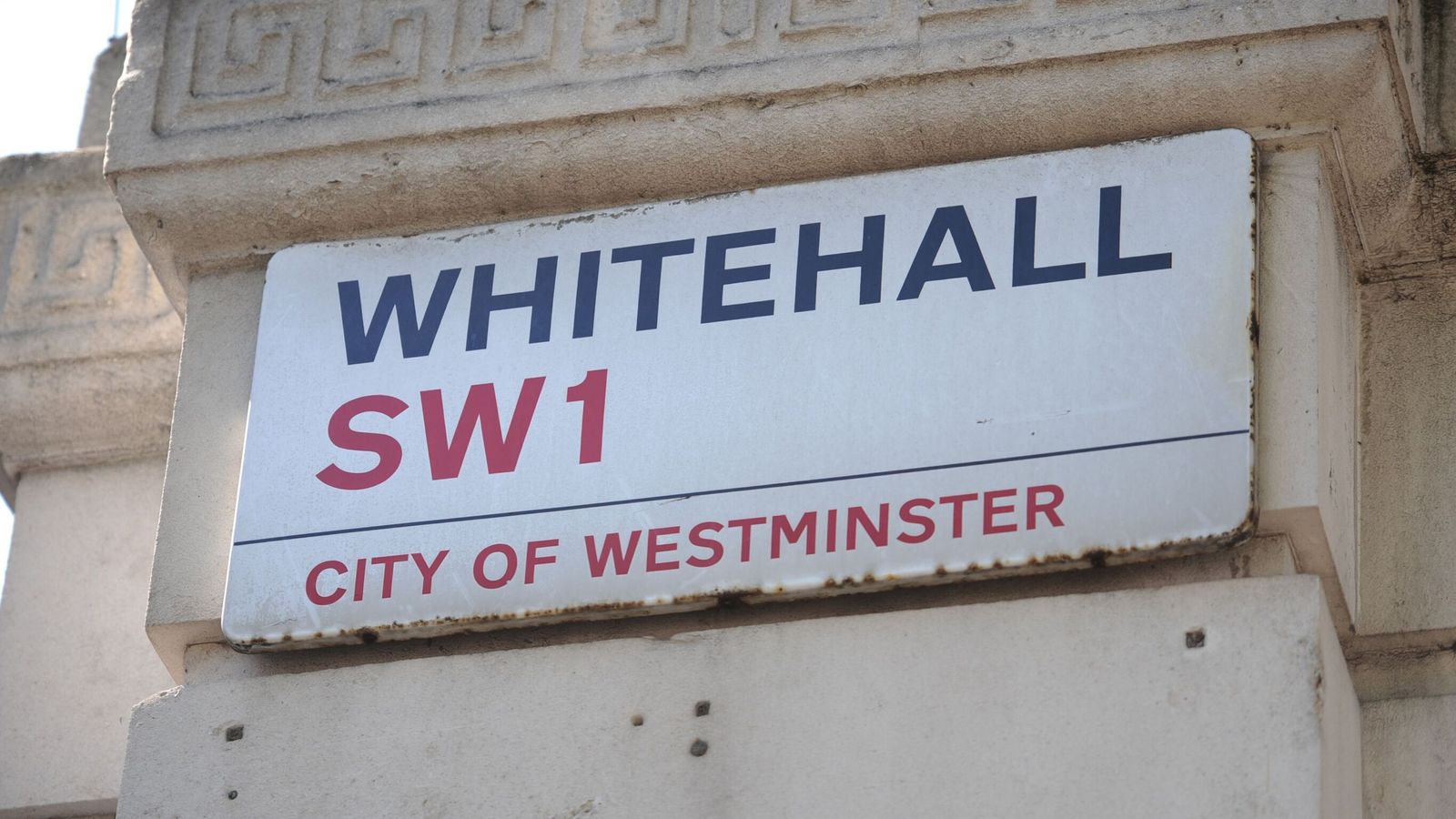There have been over 100 sewage leaks in government buildings across the UK in the past 12 months, data obtained by the Liberal Democrats reveals.
Legionella was also discovered in water outlets in HMRC’s Liverpool offices, leading civil service unions to criticise the “unsafe and unsanitary environments” for civil servants.
But the government says it manages over 140,000 buildings across the country and has invested over £50m in maintenance and improvements.
Parliamentary questions tabled by the Liberal Democrats reveal there were a total of 138 sewage leaks in government buildings over the past 12 months.
The worst affected department was the Ministry of Defence which saw 102 leaks in the past 12 months at four sites: Culdrose; RAF Henlow; Lyneham; and Faslane.
There were also 25 sewage leaks at Department for Work and Pensions properties, which the department said were “generally relating to individual toilets and blocked pipes”.
Sewage leaks occurred in the following departments:
• Ministry of Defence – 102 leaks
• Department for Work and Pensions – 25 leaks
• Department for Transport – five leaks
• Cabinet Office – four leaks
• Department for Education – two leaks
The Cabinet Office said that across their 32 sites, four leaks occurred within the past 12 months. Two were in York and two were in London, which were blamed on “exceptionally heavy rainfall”.
The department added there were no sewage leaks in Downing Street, for which it is also responsible.
The Home Office, Scotland Office, Ministry of Justice, Treasury, and Attorney General’s Office declined to answer the question, either due to the “disproportionate cost” of gathering the data or because their properties are managed by another department.
Legionella bacteria was also discovered in a “small number of water outlets” in HMRC’s Liverpool office, which was identified during “routine sampling”.
Legionella bacteria can cause a potentially deadly lung infection known as Legionnaires’ disease. It is contracted by people breathing in droplets of water containing the bacteria.
Please use Chrome browser for a more accessible video player
An HMRC spokesperson said the health of safety of employees is “of paramount importance” and said the issue has been rectified.
“A water quality issue was identified, immediate treatment and measures were put in place, and we continue to mitigate risks, as advised by water hygiene specialists and legislation,” they added.
Read more:
Civil servants threaten strikes after govt’s ‘insulting’ pay offer
Tory chairman apologises to civil service unions
Amy Leversidge, assistant general secretary of the FDA union, which represents civil servants, said in a statement: “It is clearly unacceptable for civil servants to be working in unsafe and unsanitary environments, and these incidents could cause serious harm or sickness. Nobody should have to work in these conditions.
“Fortunately many civil servants will be able to work hybridly, so can continue to work at home, but that simply isn’t an option for some roles in the civil service, and the fact that there is an alternative option of working from home does not release the government from its responsibilities under health and safety regulations.
“The Government Property Agency must take responsibility and control of this, clear the maintenance backlog, and guarantee the very basic right of a safe working environment for all civil servants.”
Be the first to get Breaking News
Install the Sky News app for free
A government spokesman said: “We manage a large, complex property estate which has over 140,000 buildings, many of which are of historical importance. As is always the case with managing any large property portfolio, issues do arise with maintenance.
“That’s why we have invested £56m in improving and maintaining buildings, including fitting new and greener boilers and windows, and making health and safety improvements.”








